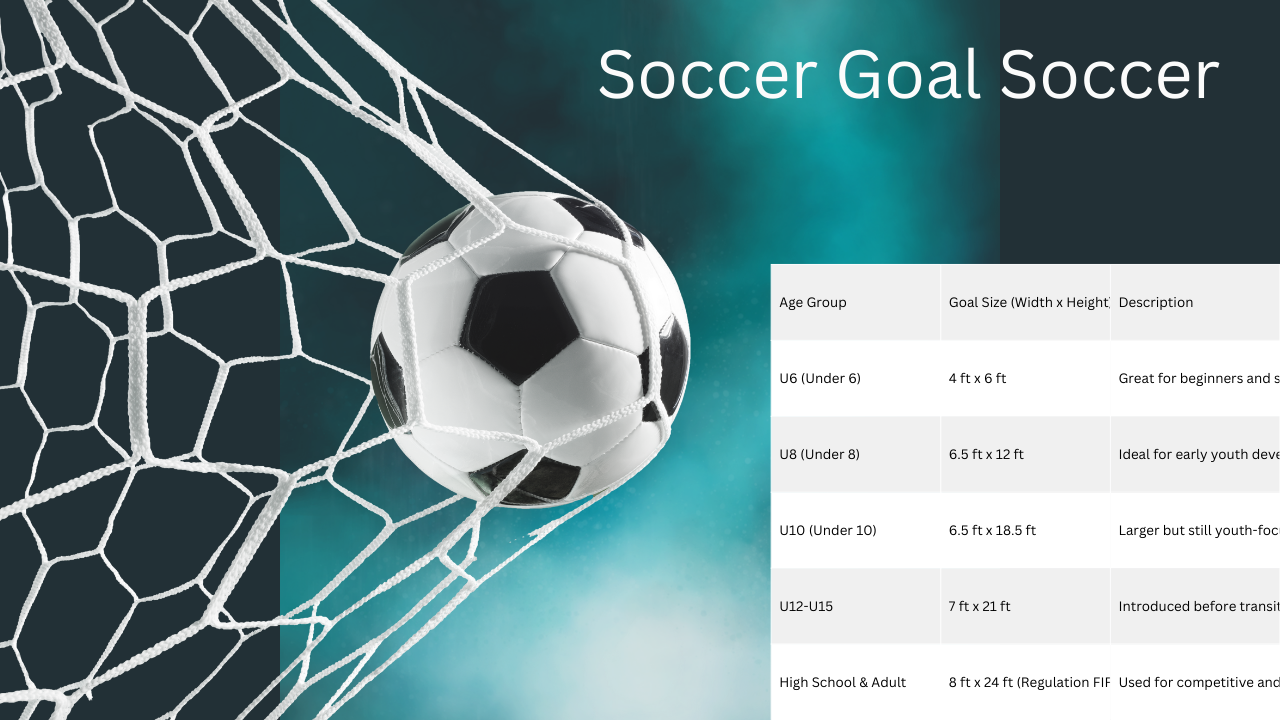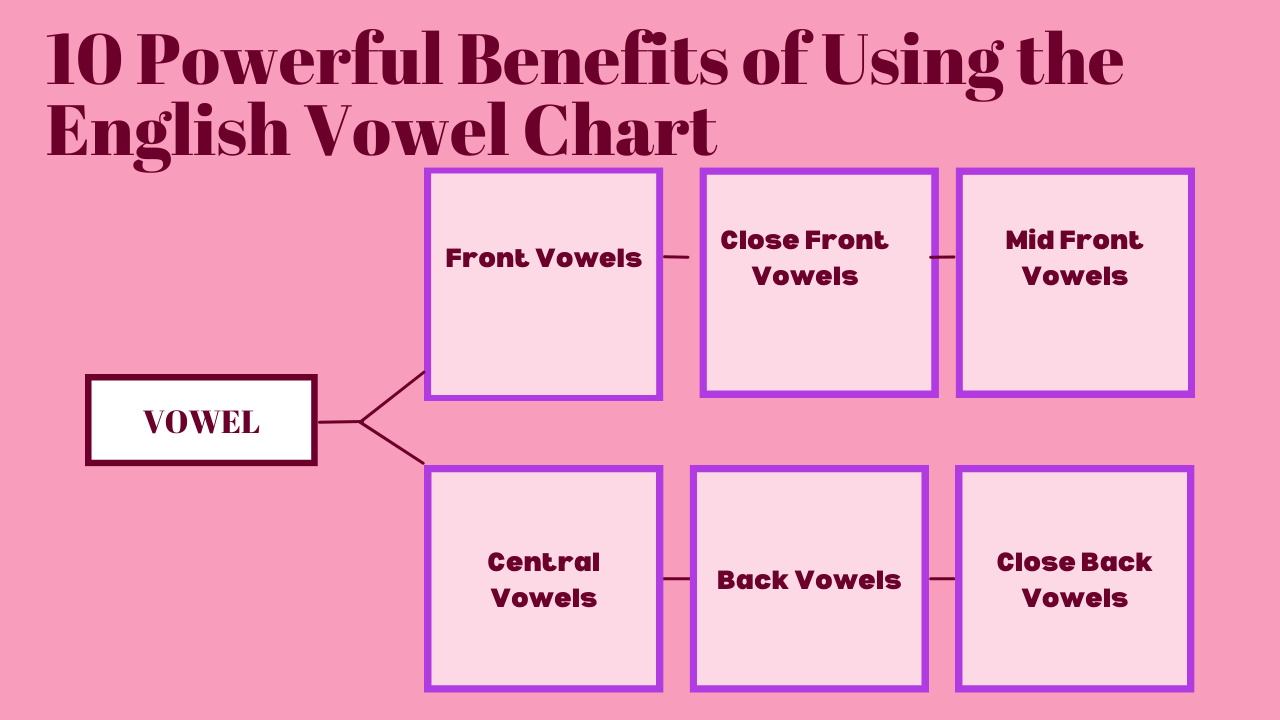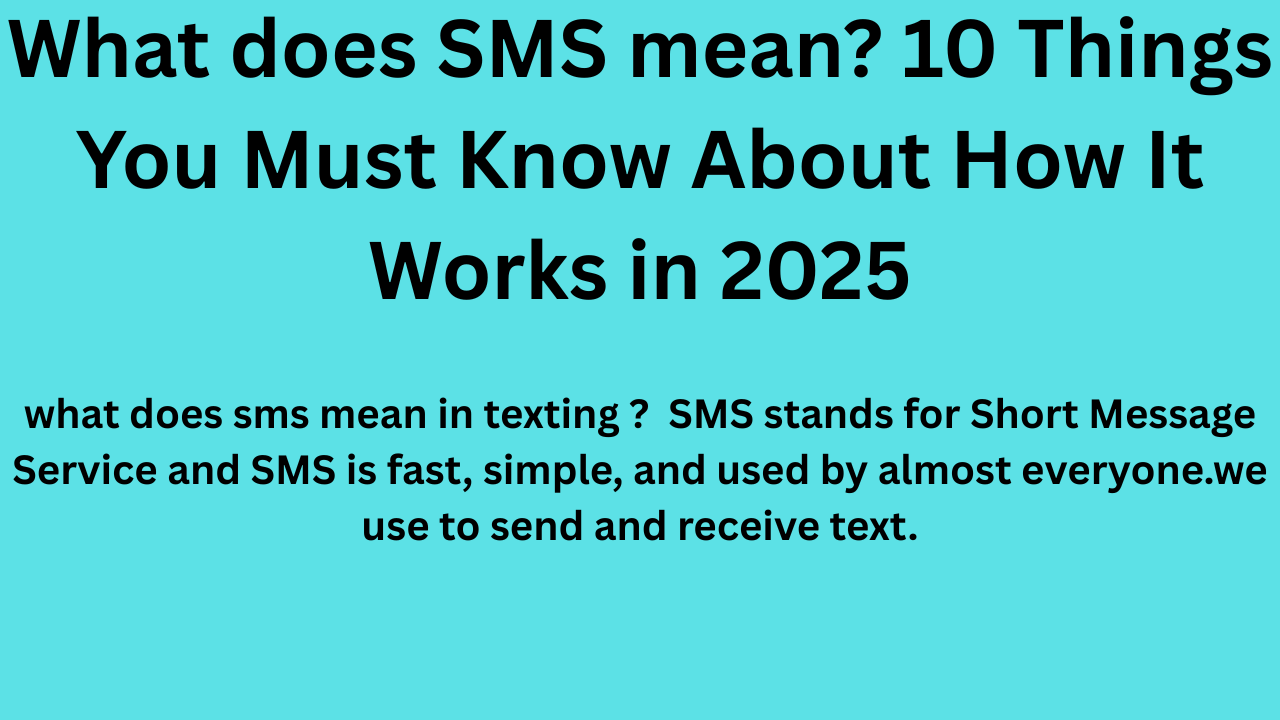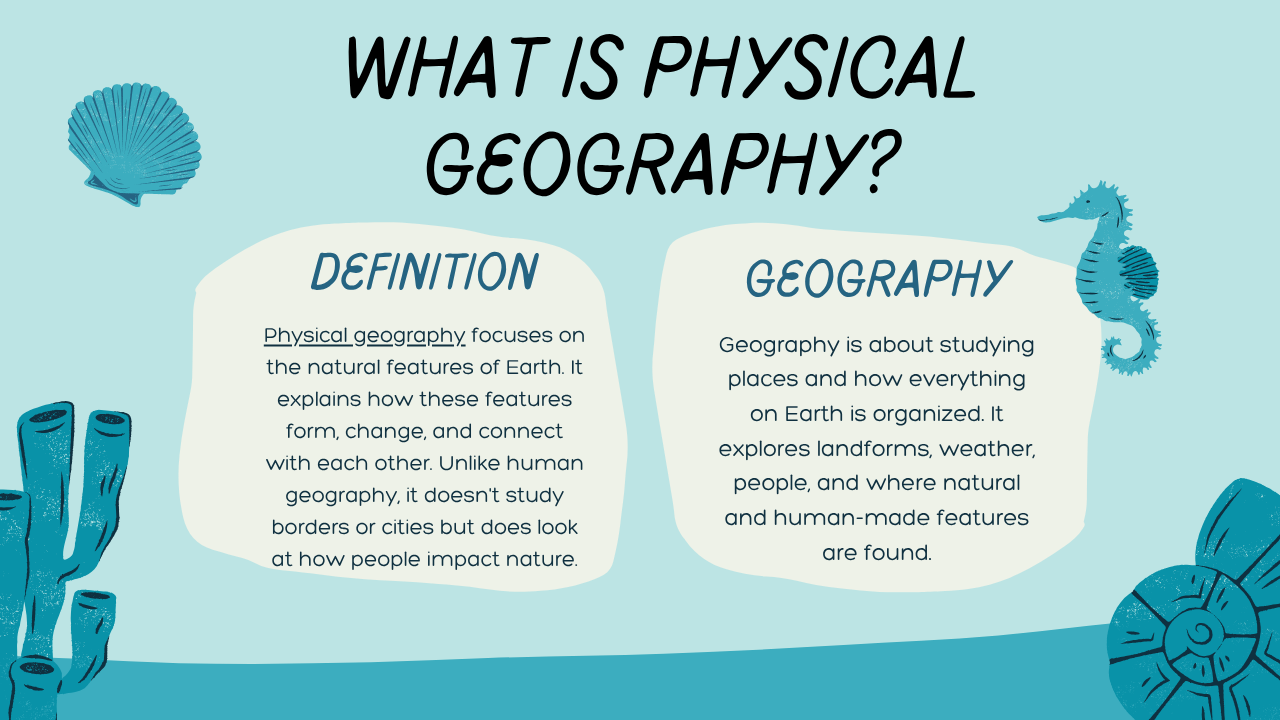Soccer goal sizes might seem like a simple topic, but they play a crucial role in developing young players and ensuring fair play. Choosing the right goal impacts everything from player safety to performance and growth on the field. Whether you’re a soccer parent buying your child’s first goal, a youth coach upgrading equipment, or a budding player eager to improve your skills, this guide will break it all down for you.
Expect actionable advice, expert insights, and even a quiz to help you choose the perfect soccer goal soccer option for your specific needs.
Understanding Soccer Goal Sizes
Not all soccer goals are created equal! Size variations are based on the player’s age, skill level, and play environment. Here’s why understanding soccer goal sizes is essential for anyone involved in youth soccer or competitive leagues:
- Player Confidence – The size of the goal affects how players practice and perform during games. A smaller goal can challenge accuracy, while a larger one may offer more scoring opportunities.
- Training Efficiency – Using the appropriate goal size helps players focus on their skills without developing bad habits.
- Fair Play – Regulation goal sizes ensure consistent standards across games.
Regulation Sizes for Different Age Groups and Levels of Play
Goal size depends heavily on the player’s age and the league’s requirements. Below is a detailed table outlining recommended dimensions.
| Age Group | Goal Size (Width x Height) | Description |
|---|---|---|
| U6 (Under 6) | 4 ft x 6 ft | Great for beginners and small fields |
| U8 (Under 8) | 6.5 ft x 12 ft | Ideal for early youth development |
| U10 (Under 10) | 6.5 ft x 18.5 ft | Larger but still youth-focused |
| U12-U15 | 7 ft x 21 ft | Introduced before transitioning to full-size |
| High School & Adult | 8 ft x 24 ft (Regulation FIFA Goal Size) | Used for competitive and professional games |
Remember that portable and pop-up soccer goal soccer options are available for more flexible training scenarios.
Key Considerations When Selecting a Soccer Goal
1. Age and Skill Level of the Player
Choose a goal size that aligns with the player’s age group and playing standards.
For home practice, opt for a compact goal to help sharpen accuracy and footwork.
2. Construction and Durability
- Steel Frames: Offer maximum strength, ideal for fixed setups but less mobile.
- Aluminium Goals: Lightweight, rust-resistant, and perfect for competitive environments.
- Plastic/Poly Goals: Best for younger players or casual backyard training due to their ease of setup and portability.
3. Portability vs. Stability
- Portable Goals: Great for families or coaches needing mobility between fields or training spots.
- Permanent Goals: Designed for consistent league use, often anchored for extra safety and durability.
Cost Breakdown Table
| Option | Initial Cost | Additional Costs | Best For |
|---|---|---|---|
| Plastic/Pop-Up | $40 – $100 | Minimal (nets replacements) | Recreational and occasional training |
| Pre-Assembled Steel | $150 – $500 | Anchoring kits, replacement | Semi-competitive play |
| Custom-Built Goals | $1000+ | Labor, professional install | Competitive league or pro-level gear |
Investing in the right material ensures your soccer goal lasts without frequent repairs or replacements.
Safety Measures and Maintenance Tips
A soccer goal isn’t complete without proper care and safety considerations!
- Anchor Goals Properly – Always use sandbags or ground anchors to secure goals, preventing tipping hazards.
- Inspect Nets – Check for tears or fraying before each game or practice. Replace damaged nets immediately.
- Weatherproofing – Use water-resistant materials and store goals under cover when not in use.
- Supervision for Youth Matches – Always ensure kids are supervised around full-size or portable goals.
DIY vs Pre-Assembled Goals: Which is Right for You?
DIY Goals
- Pros
- Customization for unique dimensions and height requirements
- Cost-effective for basic setups
- Cons
- Time-consuming, dependent on skill level
- It may lack durability compared to pre-built options
Pre-Assembled Goals
- Pros
- High-quality materials with clear safety regulations
- Easy to transport and assemble in minutes
- Cons
- Higher upfront cost
If you’re a hands-on parent with tools, try building a simple backyard soccer goal! Otherwise, pre-assembled options are better for durability and gameplay consistency.
Where to Buy Quality Soccer Goals
Want to invest in a top-tier soccer goal? Here are some excellent online and in-store retailers to consider.
- Amazon – A wide array of options for every budget, from pop-up goals to regulation-size equipment.
- Target/Walmart – Great for casual players looking for affordable backyard solutions.
- SoccerPro – Full-sized, professional-grade goals for experienced teams and clubs.
- Specialized Brands – Consider products from QuickPlay and FORZA for portable yet durable soccer goals.
Always read reviews and check warranties before making your purchase.
Maximizing Performance and Safety with the Right Soccer Goal
Choosing the perfect soccer goal soccer isn’t just about size or budget. It’s about creating the ideal environment for growth, skill-building, and safety. When matched to age, ability, and purpose, the right goal can enhance confidence and game readiness.
Still unsure which option works best for you? Take our interactive quiz [Insert Link]. It considers age, training space, league type, and budget to recommend the ultimate soccer goal!
Start your soccer shopping today and ensure your player’s path to scoring goals is set up for success.
FAQs
Q1. How do I measure for a soccer goal?
Measure both the width (post-to-post) and height (top crossbar to ground) to ensure your chosen goal meets your needs.
Q2. Can I customize my soccer goal size?
Yes, but check league or competition regulations if required for official matches.
Q3. What’s the best type of net for durability?
Look for weatherproof nylon or polyester nets that resist wear and tear from harsh conditions.
Q4. Are portable goals stable enough for frequent use?
Yes, but secure them with anchors or weights for added stability during active play.
Q5. Can kids use a regulation-size goal?
It’s not recommended to use age-appropriate sizes to foster skill development and confidence.







